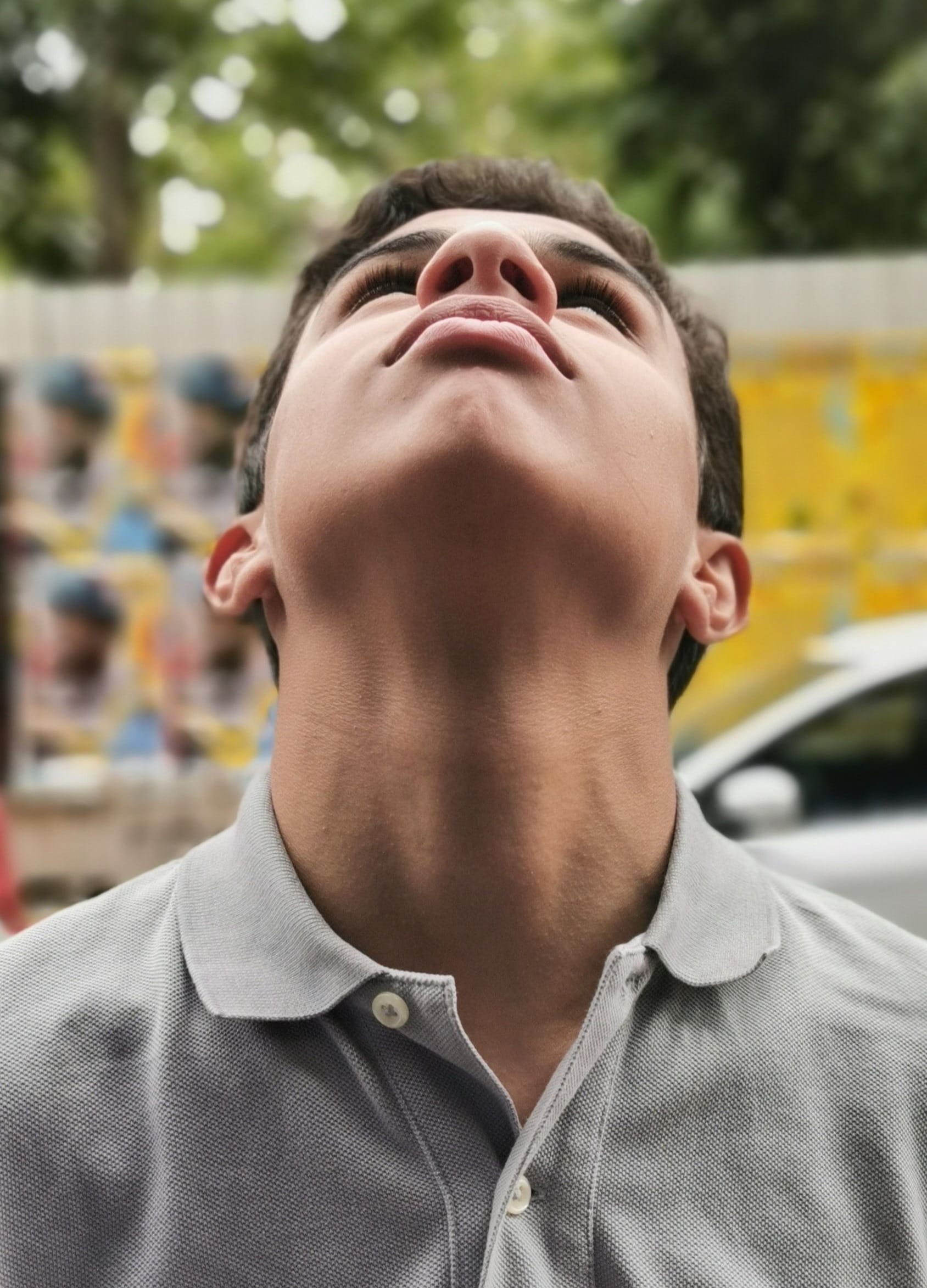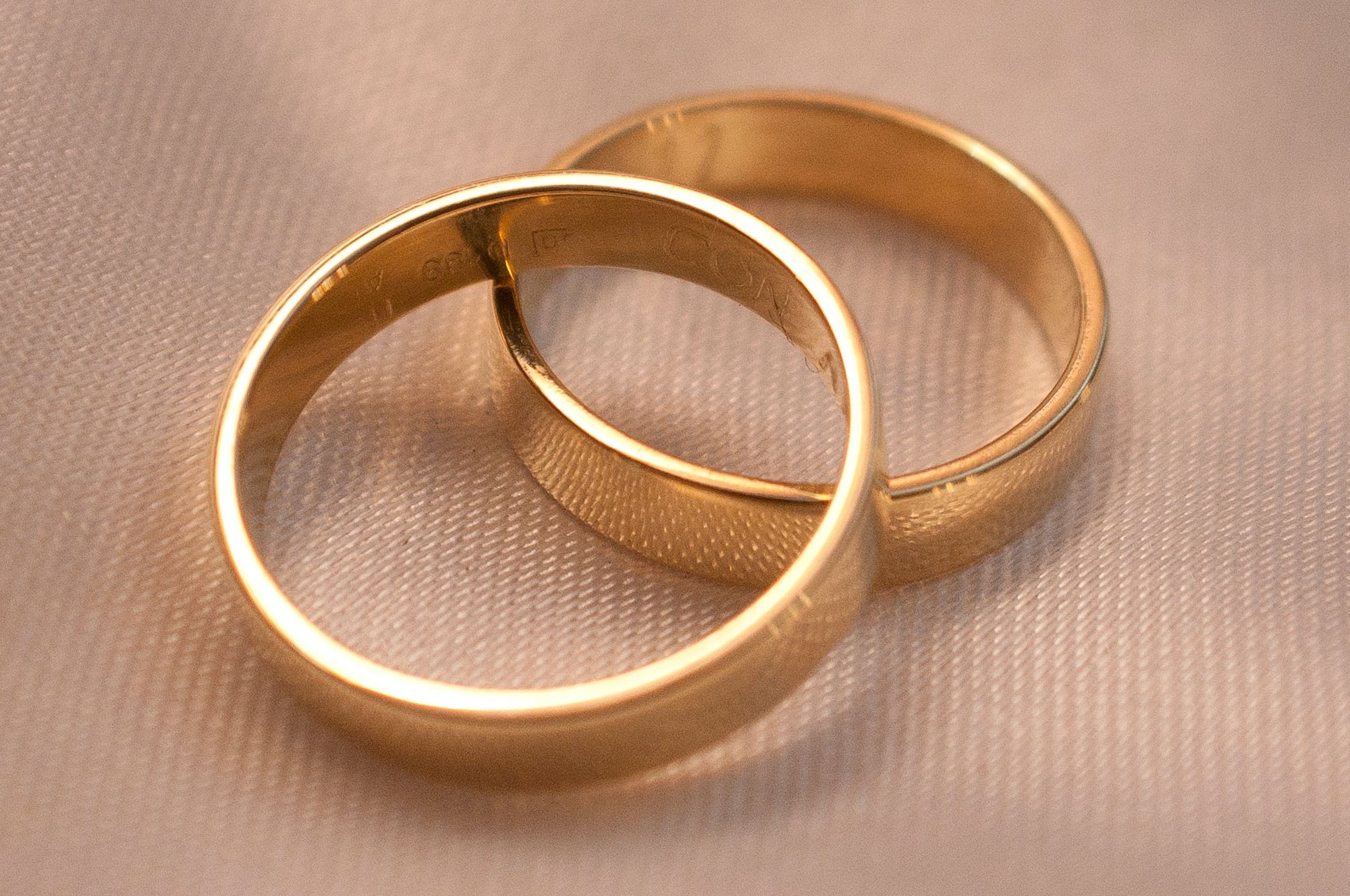
Everything I cover in this article will be much easier to understand if you read my post covering the basics of color theory.
Colors can be complicated when pairing them together in an outfit. Some examples are easy to follow, but when attempting to branch out to develop our style further, knowing our colors can be a powerful tool that can aid us in looking our best.
WHY DO COLORS MATTER IN OUR OUTFITS?
Pairing colors in an outfit aims to direct someone's gaze toward our face. As you'll soon see, improperly pairing colors together can yield adverse effects and make us look worse if we aren't careful.
SKIN TONE VS. SKIN UNDERTONE
Skin tone and skin undertone are often used interchangeably, and I'm here to tell you that they are NOT the same.
Skin tone is the color of a person's skin on the surface. There are six types:
- Very Fair
- Fair
- Medium
- Olive
- Brown
- Dark Brown

Skin undertone refers to the subtle hues underneath the skin's surface and, as you can imagine, is not as easy to determine. There are three types of skin undertones:
- Warm
- Cool
- Neutral

HOW TO DETERMINE YOUR SKIN TONE & UNDERTONE
It is easy to determine your skin tone and undertone if done correctly. By following these steps without deviation, identifying your skin's properties should be reasonably straightforward.
STEP #1: FIND NATURAL & UNALTERED SKIN

First, find a portion of your skin that has not received much sun (preferably any) and carefully inspect it. Typically, optimal locations are under your jawline or even the underside of your forearm. This is important because it lets you know what your skin naturally looks like. If you have become darker due to tanning from the sun, you have effectively changed your skin tone, altering your perception of what your skin naturally looks like in its inherent state.
STEP #2: USE A NATURAL LIGHT SOURCE

Next, use natural light when inspecting your skin. This is critical because you can heavily distort your perception of your skin's color depending on the light source, and this can result in your skin looking warm when it's cool and vice versa (more on these terms in a bit). For example, most indoor fluorescent lights have a yellow radiance, which may cause some confusion as to what you're seeing.
STEP #3: USE A WHITE PIECE OF PARCHMENT

Our eyes can sometimes play tricks on us, especially when we have yet to be trained on what to look for. Once you have your natural light source and the portion of skin to be analyzed, hold it next to a piece of white parchment to gain a clear understanding of the general lightness and darkness of the skin. Compare that to the following classification scale; you should find your proper skin tone.

STEP #4: ANALYZE YOUR VEINS

Now it's time to determine your skin's undertone. Utilizing the same natural light source, the portion of skin, and white parchment, look closely at the veins inside your arm. If you see hues of blue or purple in the veins and pink in the skin, you have a cool undertone. If you see hues of green or yellow in the veins and olive in the skin, you have a warm undertone.
STEP #5: THROW ON SOME JEWELRY


If you still aren't convinced or want to determine your skin's undertone further, find jewelry like rings or necklaces and see what looks better. Cool skin undertones will look better with silver, while warm skin undertones will look better with gold. Look at the skin with the jewelry and see which flatters it more. This test is subtle, but it can be the deciding factor for many people, especially those who love to accessorize.
HOW TO DRESS FOR YOUR SKIN TONE & UNDERTONE
So, now that we have determined our skin tone and undertone, let's talk about how we can use this information for dressing stylishly.
COOL UNDERTONES
Cool colors will look best on you if you have a cool skin undertone. I, myself, have a cool skin undertone. I burn easily in the sun, and there are hues of blue in my veins and pink on my skin. Look at my style archives, and you'll quickly see that I love the color blue. It isn't just because blue is one of my favorite colors (and not because I'm in the Navy) but also because it flatters my skin and brings out my blue eyes.



Feelin' blue

WARM UNDERTONES
If you have a warm skin undertone, then warm colors will look best on you. Typically, there are notes of olive in your skin that pair well with reds and mustard yellows. I know how it sounds, but the results of such pairing in warmer people can be exceptionally dapper.







NEUTRAL UNDERTONES
If you have a neutral skin undertone, you can wear almost anything and are generally granted more freedom to experiment in your wardrobe. Someone in this position's most significant concern is pairing the right colors together.
This all points back to the fundamentals of the color wheel and basic color theory.
CONTRAST LEVELS
Here is the second major component of finding the right colors to wear. Contrast is the relative lightness and darkness of colors. This is important because when it comes to style, there are two types of contrast:
- Natural Contrast
- Garment Contrast
NATURAL & GARMENT CONTRAST PAIRINGS
We are all born with natural contrast, but can change over time. This refers to the relationship between the color of our skin and hair. Take a look at the following examples of varying levels of natural contrast.
LOW CONTRAST


Two examples of low-contrast men.
These gentlemen are low-contrast individuals due to their lighter skin tone and light-colored hair. The younger man featured on the left is naturally low-contrast because of his blonde hair and light skin, while the second man on the right perhaps did not start as a low-contrast person but instead became this way by simply getting older (with his hair graying out). This would mean that it is recommended that the older man alter his wardrobe if he were to maintain his gray hairs by choice.
Low-contrast men should typically choose lower-contrast outfits and avoid high-contrast pairings. By wearing high-contrast outfits, low-contrast individuals risk distracting people's attention by drawing it to their garments instead of leading them toward the face.
Low-contrast men can pull off both light and dark variations of low-contrast outfits and should make a point to opt for analogous colors (colors that sit next to each other on the color wheel) so long as they are taking their skin's undertone into account.






Lower contrast as well as analogous outfit examples.
Low-contrast individuals should typically avoid pastel colors, which are softer and more delicate variations of primary and secondary colors that sit on the color wheel. These often appear lighter because they contain more white than is typical of colors in their natural form. These colors will typically make a low-contrast person appear "washed-out," removing some of the "glow" from their skin (but as I said before, this is more of a guideline).
MEDIUM CONTRAST

This man is medium-contrast due to his relatively light skin but darker hair, and this creates apparent differences but is not substantial enough to be considered high-contrast. Outfits that would work best on men like this would be (you guessed it) medium-contrast outfits that complement their medium state.
Medium-contrast people can get away with more outfit combinations, often able to experiment with lower and higher-contrast ensembles; however, it is important to maintain some contrast level. In other words, don't lean too much in one direction.
So whatever you do, choose wisely!

HIGH CONTRAST


Two examples of high-contrast men
Don't be confused by the man on the left. One would initially believe that darker-skinned men would be low-contrast individuals, but this is not the case, as the whiteness in his teeth and eyes makes this darker man a high-contrast individual.
However, the second man on the right is more clearly high-contrast due to his darker hair and much lighter skin. High-contrast men look better in higher-contrast outfits and should usually stick with them.


Two examples of high-contrast outfits that work well with the higher-contrast wearers.
KNOW WHEN TO BREAK THE RULES
Well, relax. Style should enhance your life and not cause you undue stress.
If you enjoy a color that "technically" doesn't jive with your specific skin undertone, but you feel good wearing it, and the clothes fit you well, then, by all means, wear that color! The same goes for garment contrasts; your confidence will show if you wear outfits you like.
It's okay to break the "rules" regarding colors and contrast; just ensure that you do so tastefully. Here are some examples of tasteful deviations from what I have described above.



Are those high-contrast outfits on a naturally low-contrast guy? Yup, sure are. It doesn't change that I love these get-ups, which look great.
TAKE IT WITH A GRAIN OF SALT
Like a lot of information and advice in life, you have to take it with a "grain of salt." What matters is that you have the tools to succeed with your style so you can look and feel your best. Please take what I have shared in this article as information to help you in the future, not as gospel.


